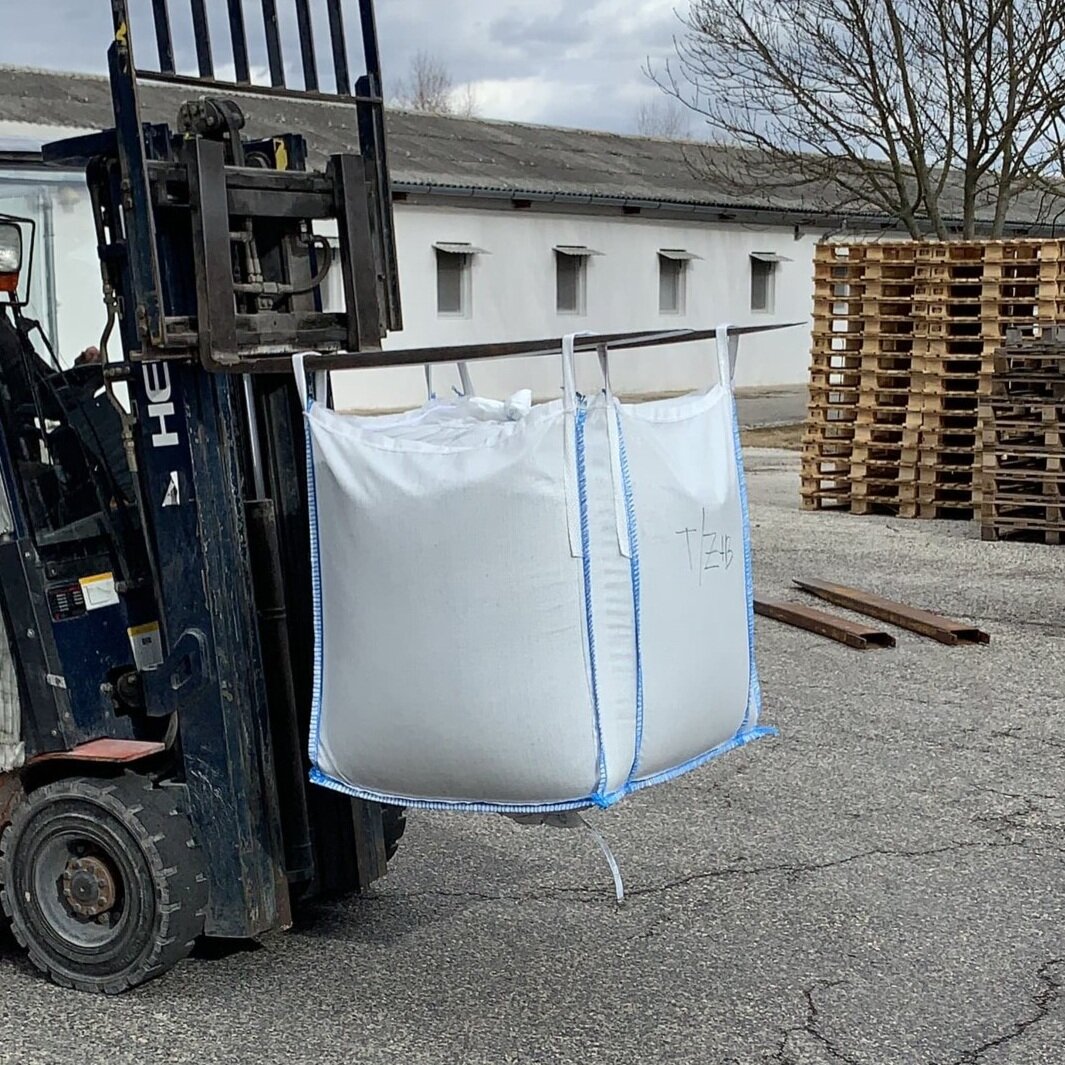Home » Posts Page » Blog » Polyethylene (PE) vs Polypropylene (PP) Bags

Polyethylene (PE) is one of the most resilient plastics around. As well as being incredibly durable, it’s resistant to tear. What’s more, it’s a remarkably flexible plastic. These features combine to produce a robust packaging solution that’s well-suited to bulky items.
Polyethylene bags and polyethylene liners are commonly used in industrial settings, with their tough nature perfect for storing heavy items like machinery parts and spares. However, their protective properties can also be put to use in wildly different settings. As polyethylene bags are only semi-transparent, they also protect contents from UV damage. This makes them ideal for storing delicate materials that might fade when exposed to the sun. They’re even used as a storage solution for priceless artworks and historical artifacts.
There are several types of polyethylene plastic, with the most widely used being polyethylene terephthalate (PET). A type of polymer resin, this PE plastic is made and has many applications. Common uses include food packaging, manufacturing drink bottles, creating microfiber material, and more.
Low-density polyethylene (LDPE) is another option. This plastic is not only flexible, it’s also fairly impermeable. This means it boasts impressive moisture resistance. It also withstands impacts well, is chemical resistant, and can cope with extreme temperatures. It’s often used in protective packaging like bubble wrap and stretch film but is mainly used to produce plastic bags. High-density polyethylene (HDPE) is considerably stronger than LDPE, but there are some compromises when it comes to flexibility.
Looking for a more transparent packaging solution? With exceptional levels of clarity, polypropylene bags are the obvious choice. As they’re less opaque than their PE bag counterparts, this type of poly bag is an ideal food packaging option. As well as transparency, polypropylene bags score high marks for durability and flexibility.
What’s more, the high tensile strength of polypropylene makes it very effective for storing goods or preparing them for transport. Its flexible structure makes it an easy material to work with, no matter how awkwardly shaped an item is, while also safeguarding against dents and scratches. Low levels of permeability make polypropylene bags a fine fit for food products, locking out harmful contaminants and bacteria.
The transparency of this material is also useful for the customer. By providing a clear view of the products inside, consumers don’t have to take chances when handing over their hard-earned cash. Despite the many benefits of polypropylene bags, they remain an affordable option and can comfortably cope with a wide range of environmental conditions.
While polyethylene bags tend to be more expensive than polypropylene ones, they come with many attractive benefits. As well as being tear-resistant and exceptionally durable, the flexible nature of polyethylene gives it a surprisingly soft finish. This means that, when used as packaging, polyethylene bags will cause no damage to the items within.
Polyethylene bags are resistant to cold temperatures, making them a good option for storing items in frigid conditions like poorly heated warehouses. Dust and dirt are also kept at bay, while a relatively low static charge means you have one less health and safety concern to worry about.
If you’re looking for a lightweight and durable poly bag, polypropylene jones are an easy choice. Ideal for use in the food processing and manufacturing sectors, polypropylene bags should be fully compliant with the latest regulations and industry recommendations if you’re sourcing them from a legitimate supplier.
What’s more, despite their exceptional tensile strength, they remain incredibly flexible, making them a versatile packaging solution. A high melting point also brings peace of mind and broadens applications, while you can rest assured that contents are safeguarded from outside vapors, moisture, and harmful contaminants. Need more convincing? In most cases, polypropylene bags are also cheaper than polyethylene ones.

If you plan on using poly bags in more challenging environments, you’ll need to consider the heat and chemical resistance properties of each type. Will your packaging be exposed to chemicals and corrosive agents? While polyethylene bags are generally more durable than polypropylene ones, the latter outperforms the other when it comes to chemical resistance.
PP bags are also far more resistant to extreme heat than PE ones. PP bags can withstand high temperatures of up to 340 degrees Fahrenheit, while PE bags can only handle extreme highs of around 240 degrees Fahrenheit. However, PE bags come out on top as far as extreme cold is concerned. They can withstand temperatures as low as -110 degrees Fahrenheit. By contrast, PP bags start to lose their structural integrity once they pass the point of freezing.
With more businesses looking to make more sustainable choices, one question you might be asking is whether PE and PP bags can be readily recycled. The good news is that both thermoplastics are easily recycled, with high temperatures all that’s needed to melt and reshape material into a new form. However, it’s polyethylene that tends to be recycled more than polypropylene.
Looking for hard-wearing packaging solutions for logistical operations? Whether you’re active in the pet food manufacturing market or deal with chemicals and fertilizers, poly bags are an expensive and reliable choice.
At Codefine, we’ve been helping global businesses achieve logistical success for decades. Along with a first-rate range of poly bags, you’ll find premium packaging solutions used across just about every industry sector. Not sure what type of packaging you need? Take a look at our complete product range online or get in touch to see how we can help you.